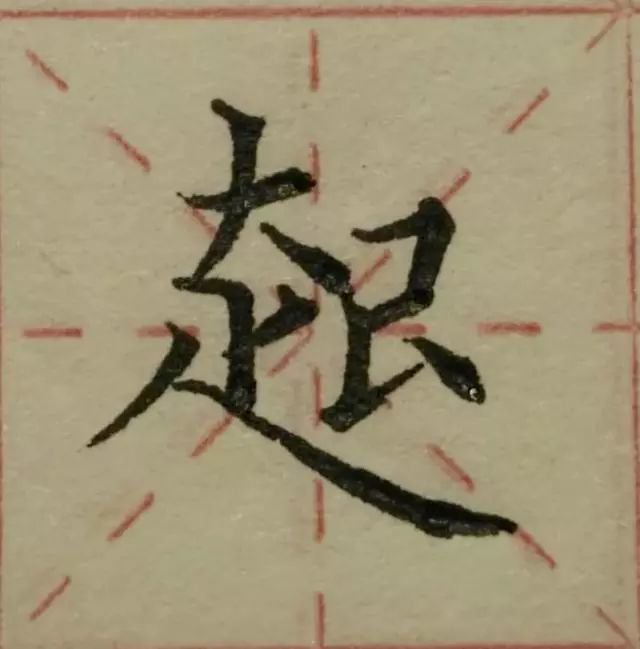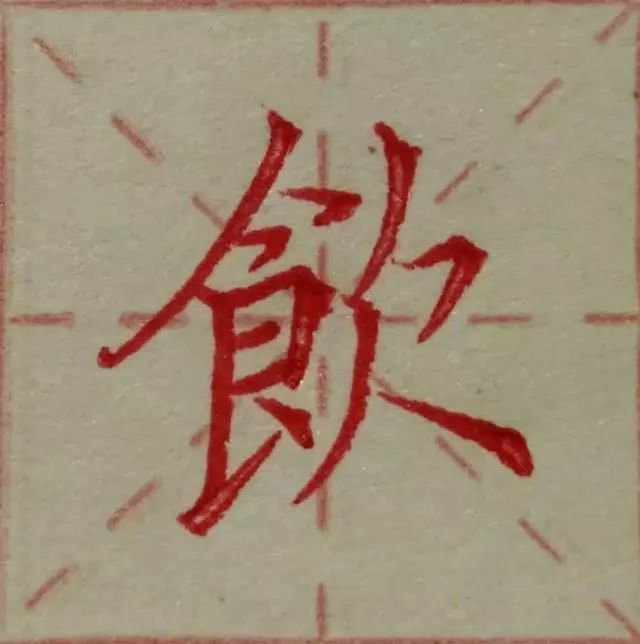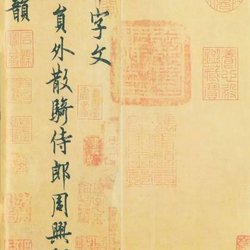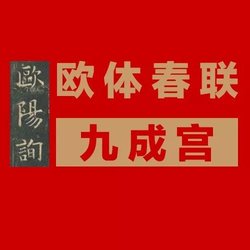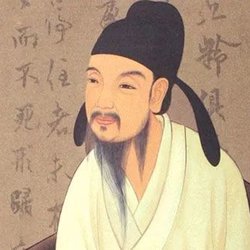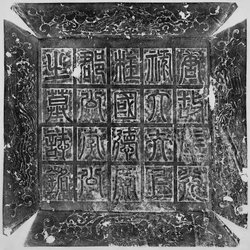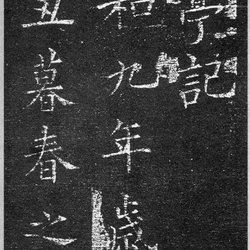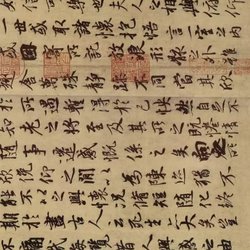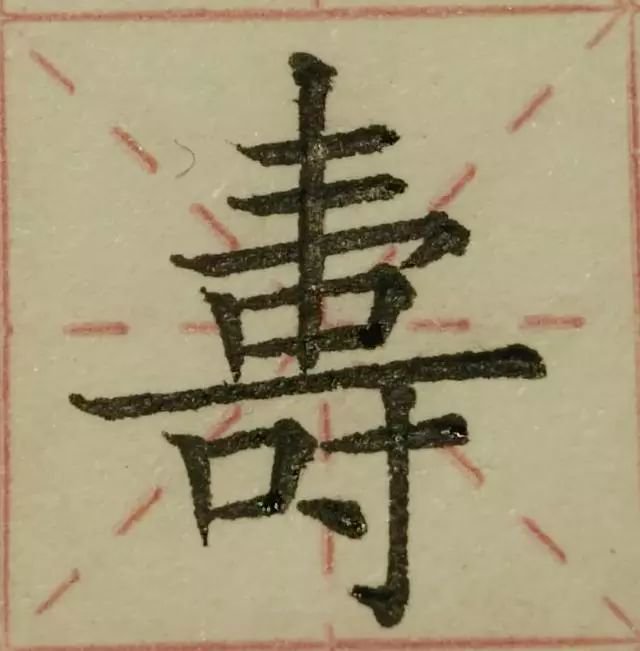
The second method is to avoid and avoid. Avoiding and is the means to solve the density of Chinese character structure. If it is dense, it must be "avoided", and if it is sparse, it must be "just". And the writing method of strokes can be appropriately changed to achieve the purpose of avoidance. Such as example words.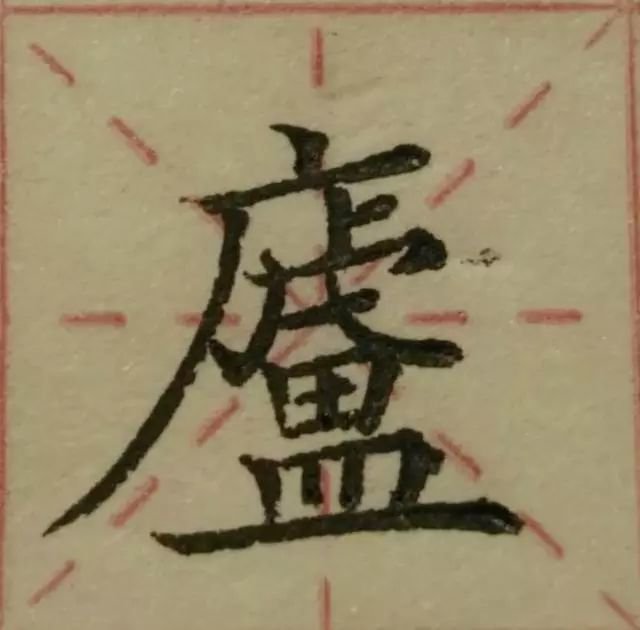
The third method, top-wearing, means that when writing characters with big upper part and small lower part, the center of gravity should be straight and not deviated, nor should the upper part be too small and the head be light and the tail be heavy. Such as example words.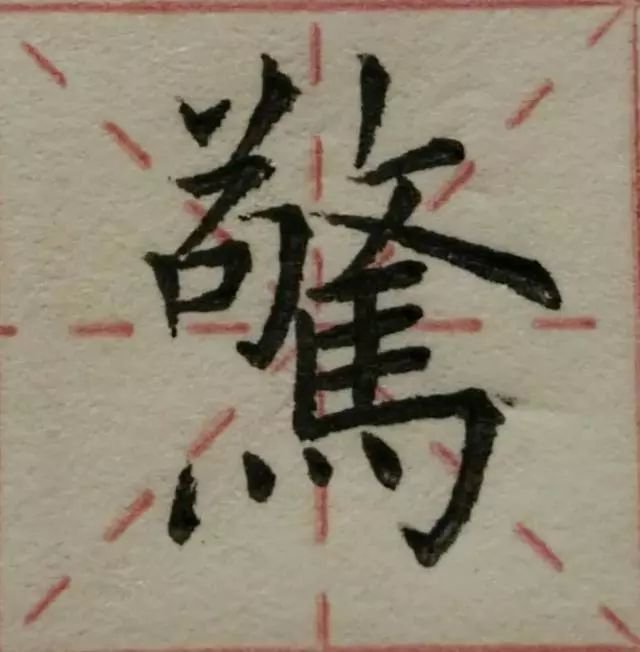
The fourth method, interleaving, means that when writing characters that are intertwined with various strokes, the interleaving method must be used to solve the problem of density, size, and length of the structure, so that the characters can be evenly spaced on all sides and have eight sides. Such as example words.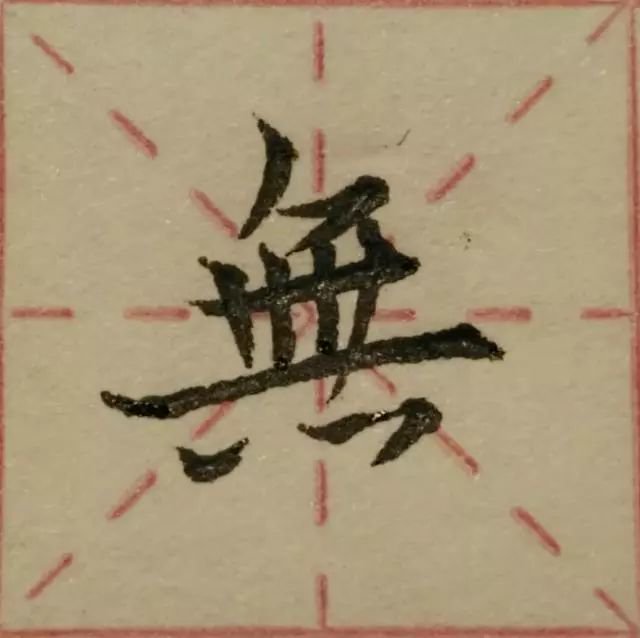
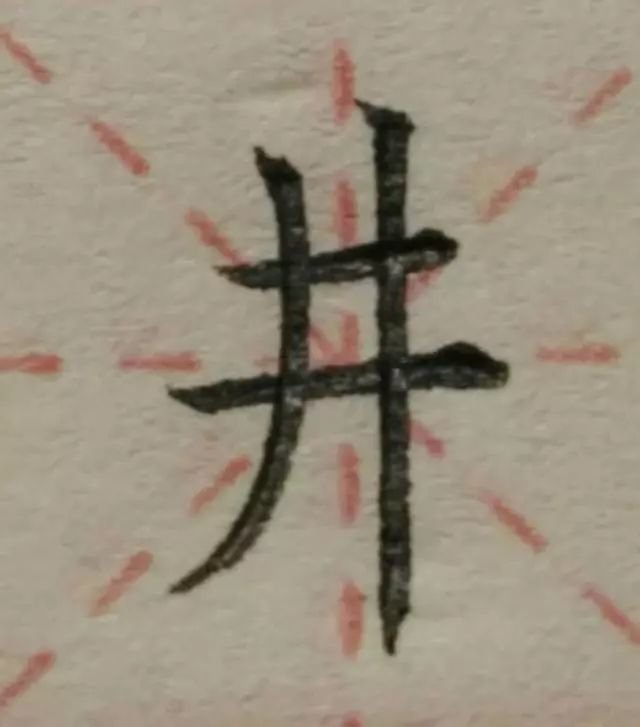
The fifth method, facing away, refers to facing and facing away from each other. Opposite means that the left and right parts of the character are facing each other. "Behind each other" means that the two parts are leaning on each other with their backs facing each other. Each has its own body posture and cannot be reversed. Such as example words.
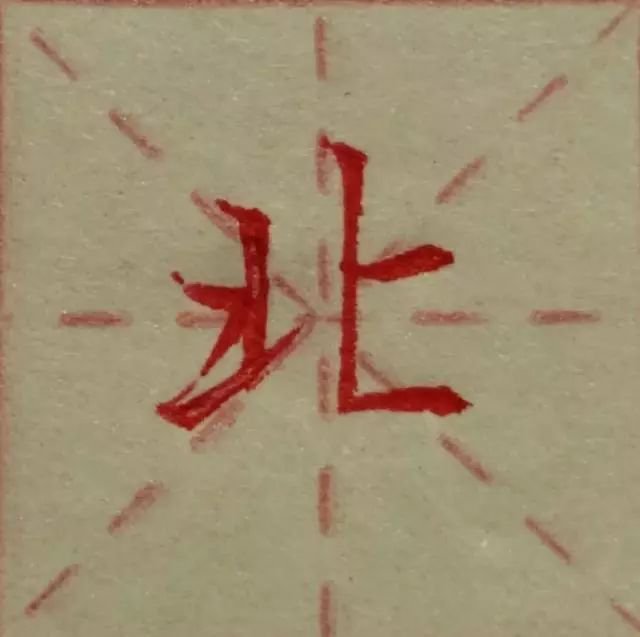
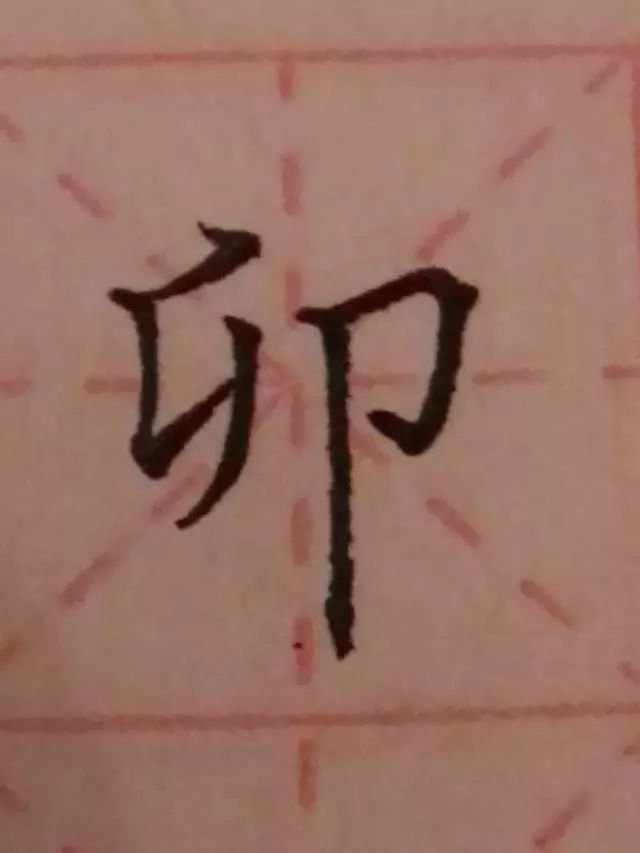
The sixth method, lateralization, refers to whether the character shape is straight or slanted. The knotted characters should follow the trend without losing the center of gravity. In addition, it is necessary to increase the momentum on the basis of ensuring the balance of the center of gravity and break the rigidity. The method is to correct the slanted ones and correct them. Those who prefer it. Such as example words.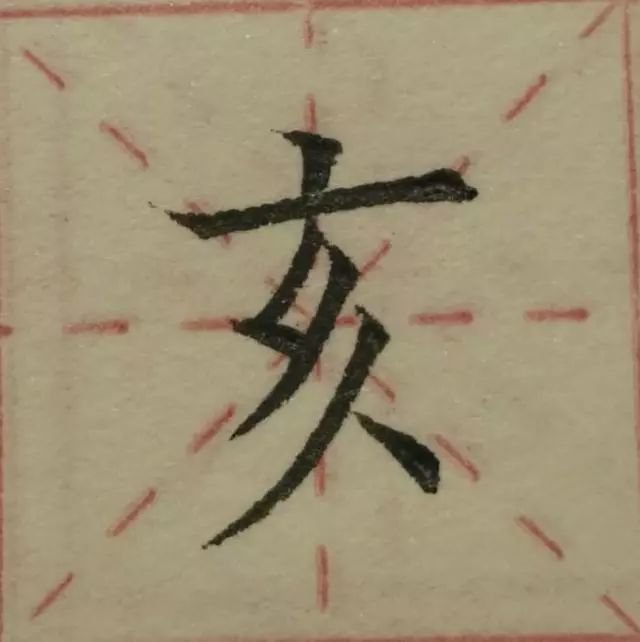
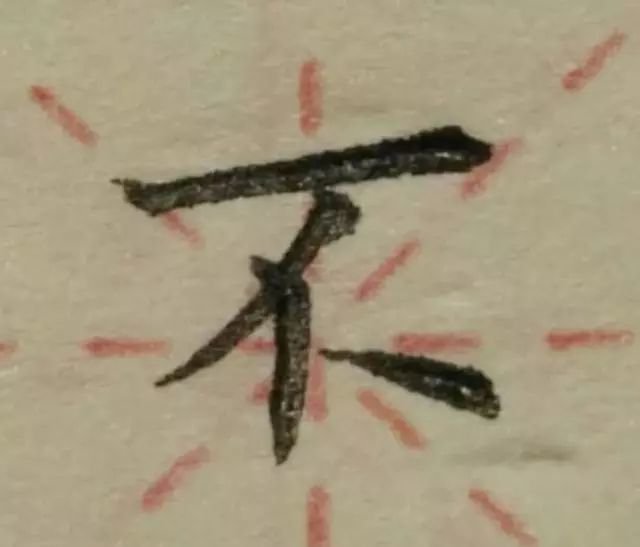
The seventh method, picking tiiao, is based on the structural needs of Chinese characters, using the extension of dots and strokes and the width of parts to balance the center of gravity. If the character shape is biased, the strokes on the other side can be stretched and balanced, and the strokes on one side are numerous and dense. Then the other side is loose and proportional. Such as example words.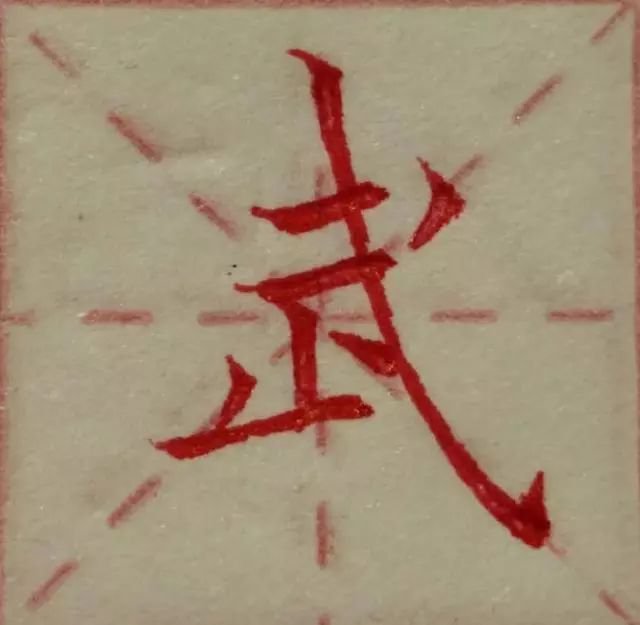
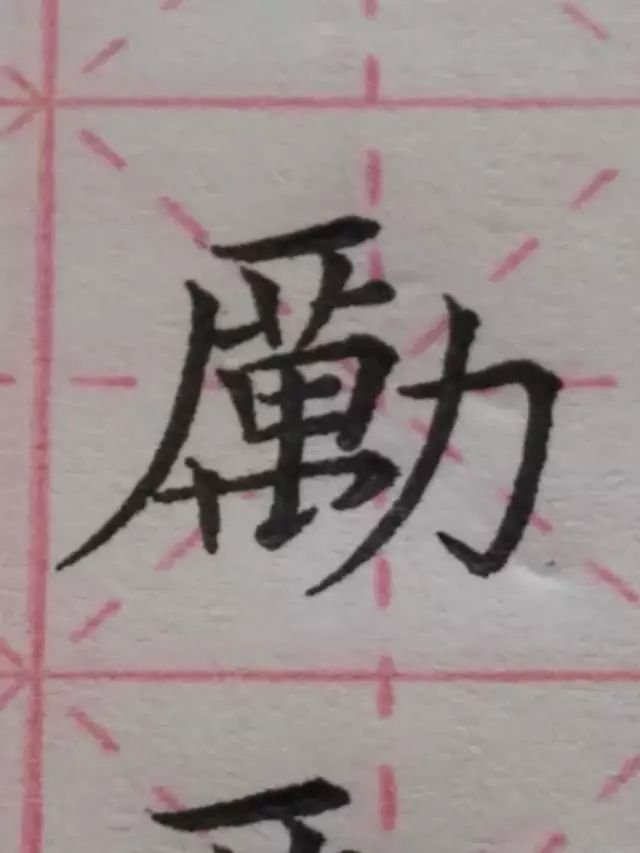
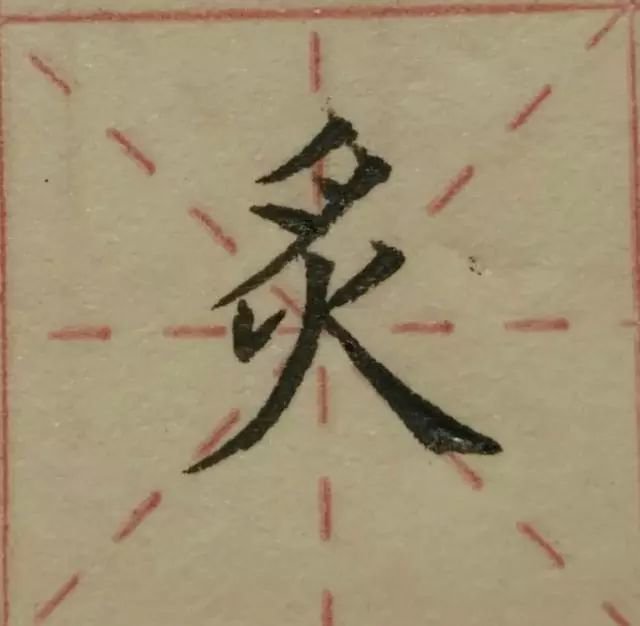
The eighth method is to give way to each other. When the parts of the characters are combined, they should give way to each other and not hinder each other. They can be harmonious without being too close or loose. Such as example words.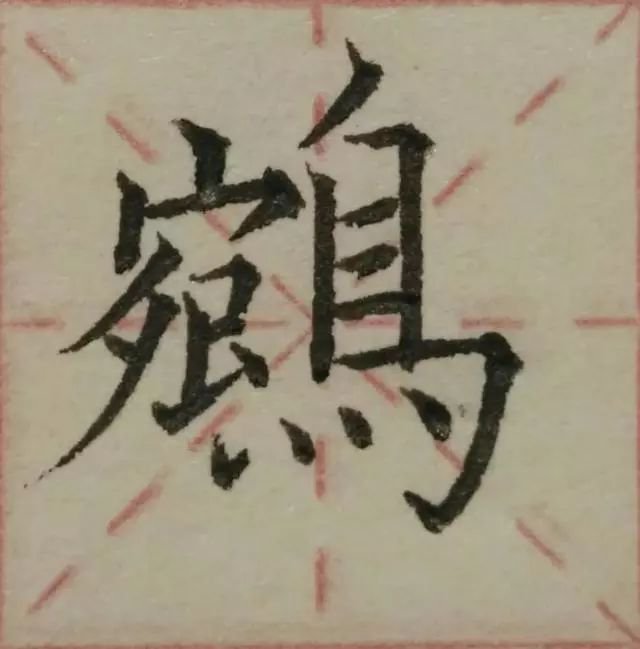
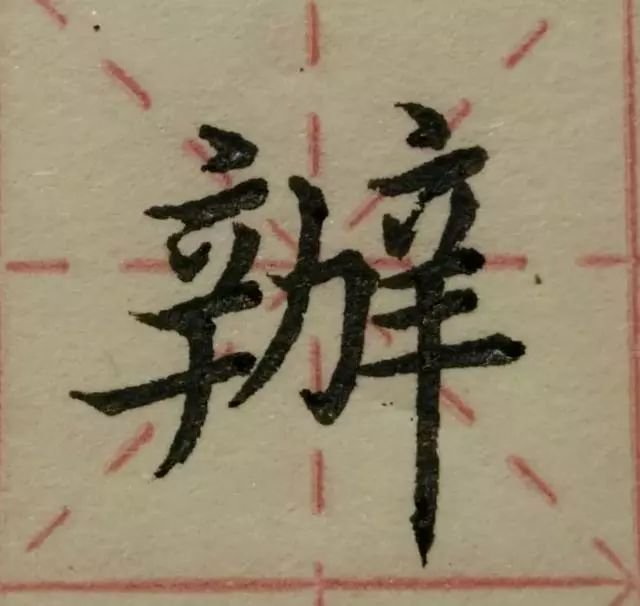
The ninth method, filling the gap, mainly refers to the placement of the point on the right side and the short stroke. The right short stroke should be extended to the left as much as possible to form an outflanking situation. Such as example words.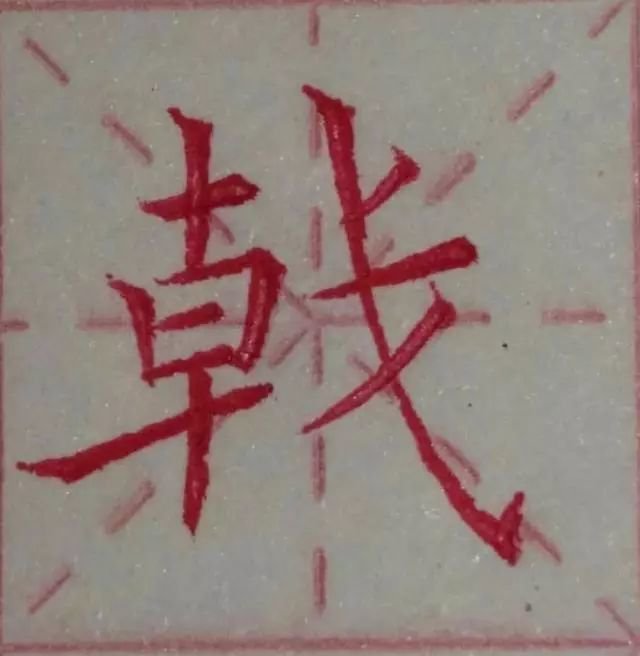
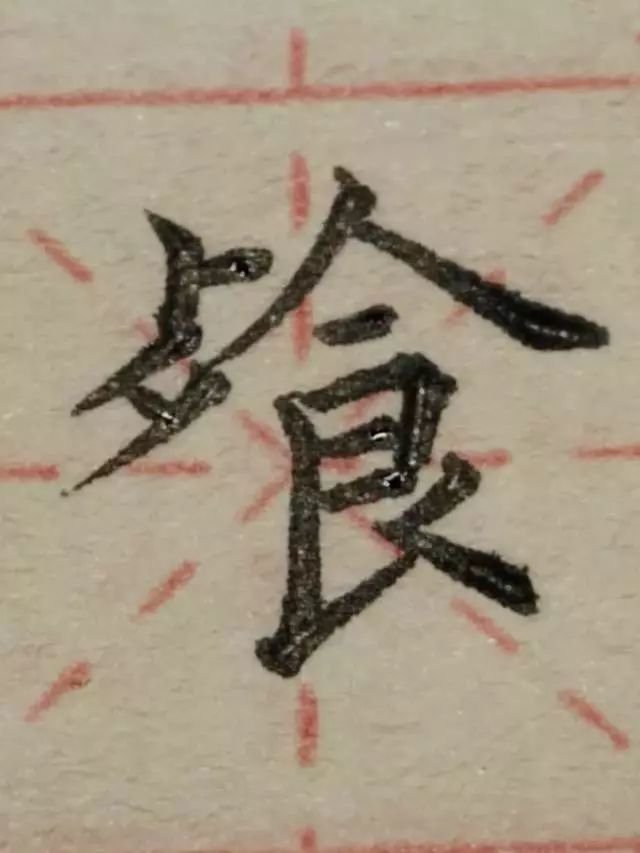
The tenth method is covering, covering the top to accommodate the bottom. It needs to be wide at the top and narrow at the bottom, compatible with the top and bottom, and ensure that the centers of the top and bottom are relative to each other and not deviated. Such as example words.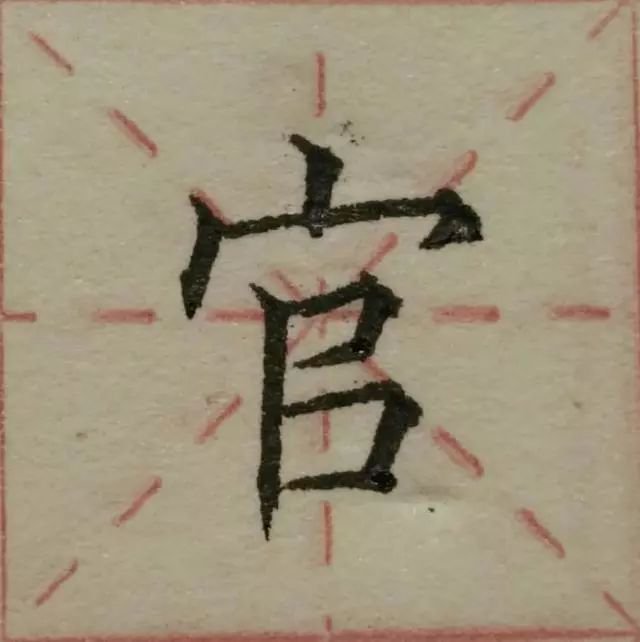
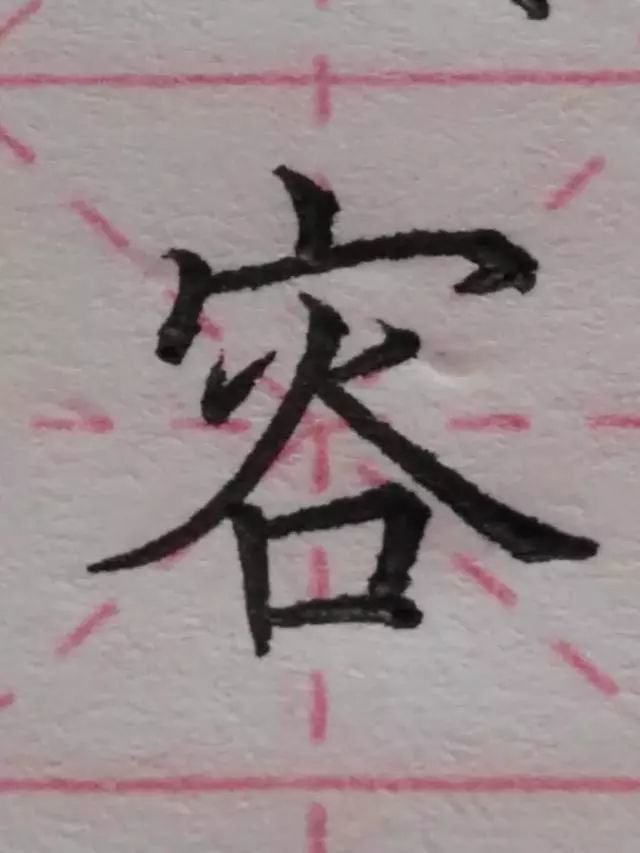
The eleventh method is to stick zeros. If there are scattered dots below the words "this winter is cold", it is necessary to control the distance between the dots and the top. It does not have to be equidistant, and it cannot be too close or too far. Such as example words.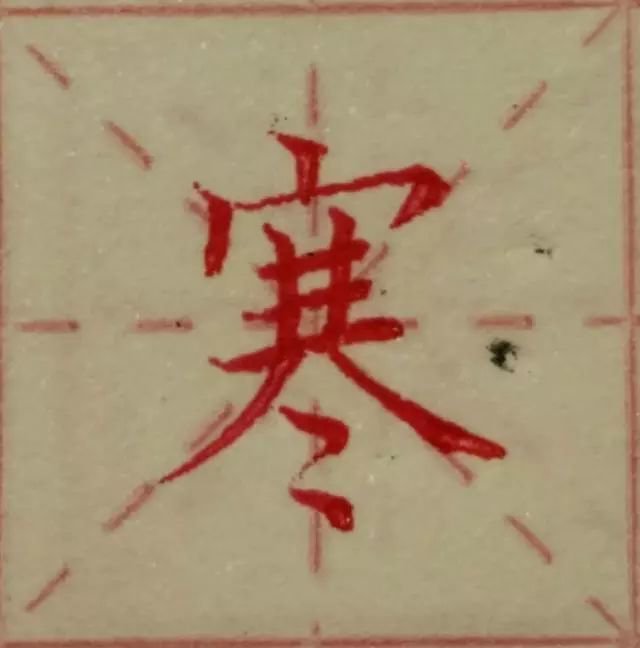
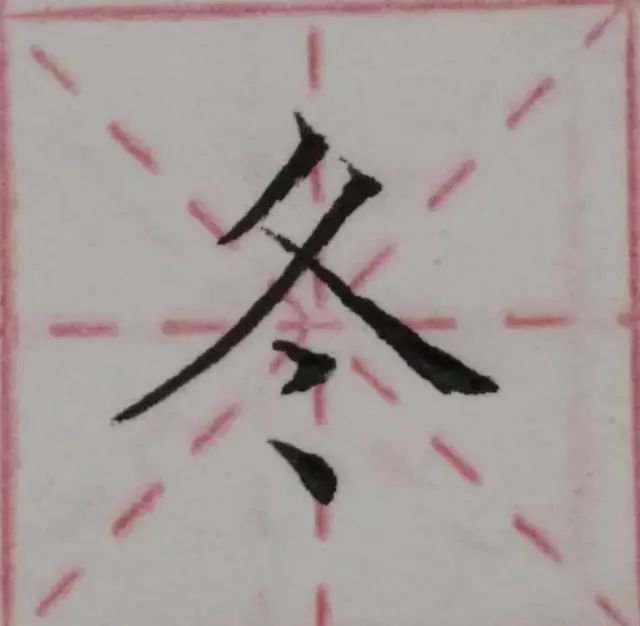
The twelfth method, gluing, means that the upper and lower or left and right parts of the characters should not be too separated to avoid looseness. Such as example words.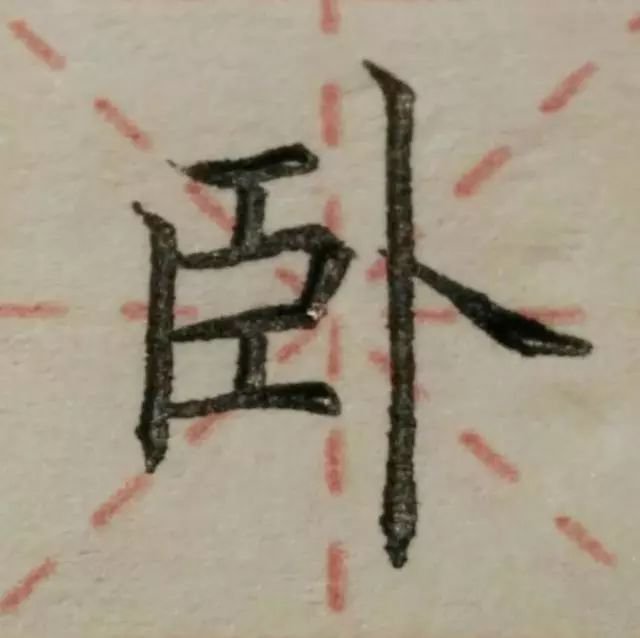
The thirteenth method, quick speed, refers to the speed when writing, which is fast or slow. Which part is fast and which part is slow depends on the specific strokes and calligraphy style. Li Siyun: "The method of using the pen is to return quickly first and then descend quickly, like an eagle looking at a passing peng. It is natural and cannot be changed again." Such as the characters.
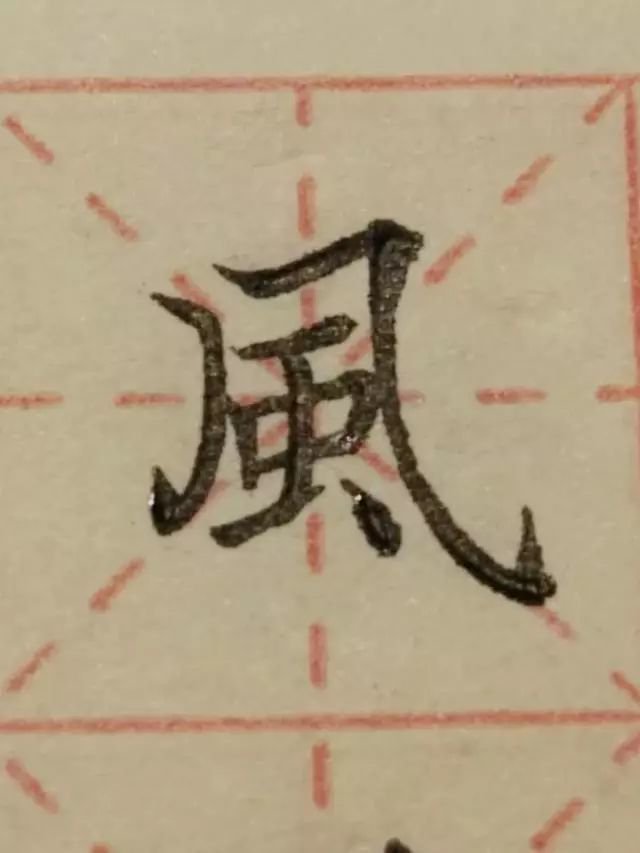
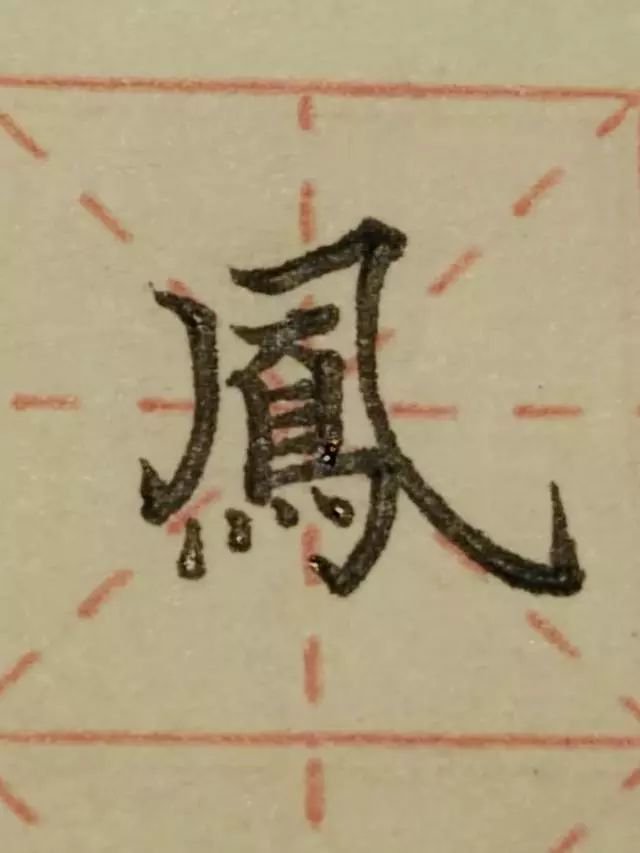
The fourteenth method, full but not empty, refers to writing characters with a full or half-wrapped structure. The inner frame of the character must be full, and should not be too tight to form too much space between the outer frame and the outer frame. It should be appropriately tight. Such as example words.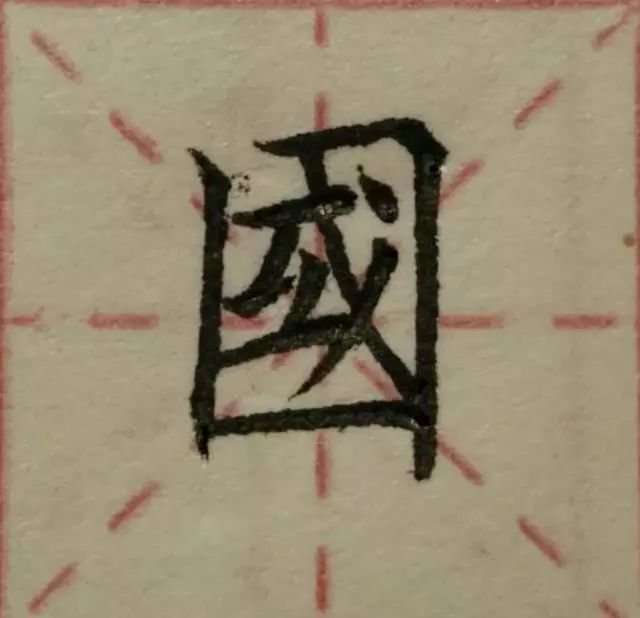
The fifteenth method is the connection of ideas. When writing, the dots and strokes are broken, but the strokes are connected. Such as example words.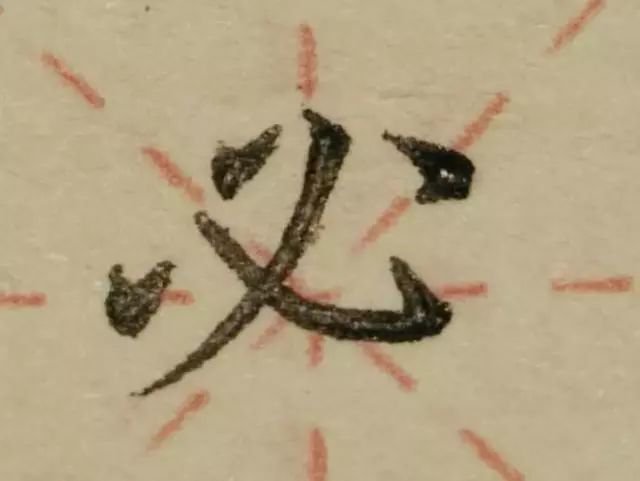
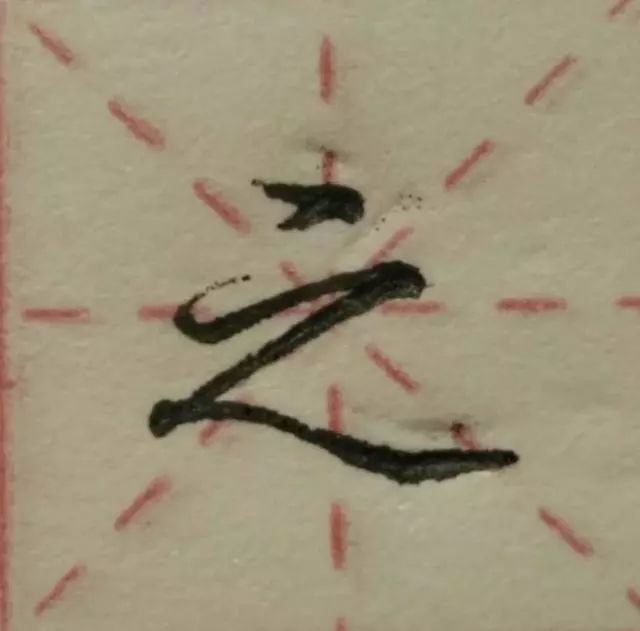
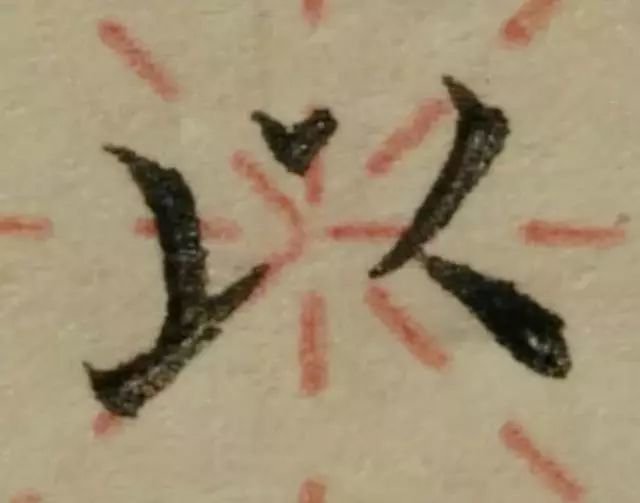
The sixteenth method is to cover the strokes. The upper part of the word is larger, and all the lower strokes must be covered under it. Such as example words.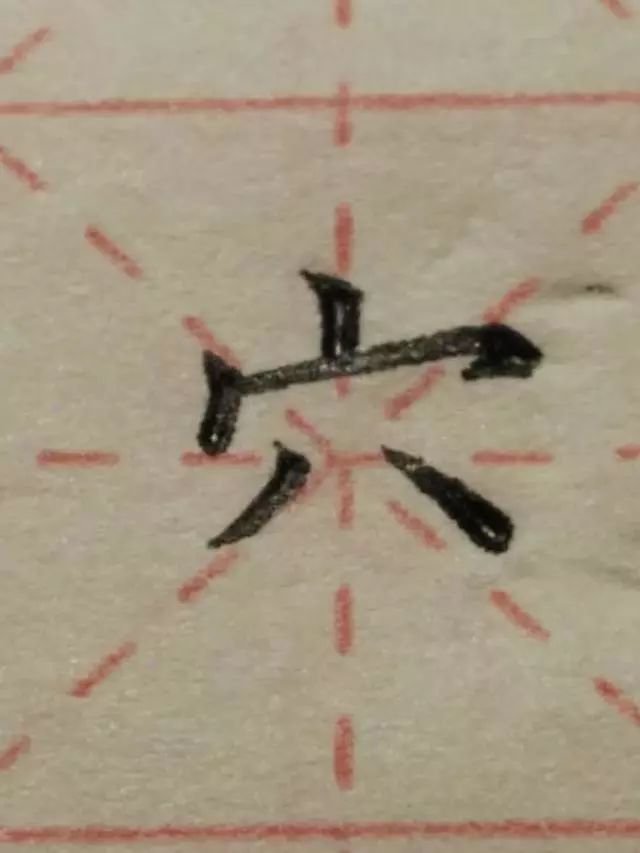
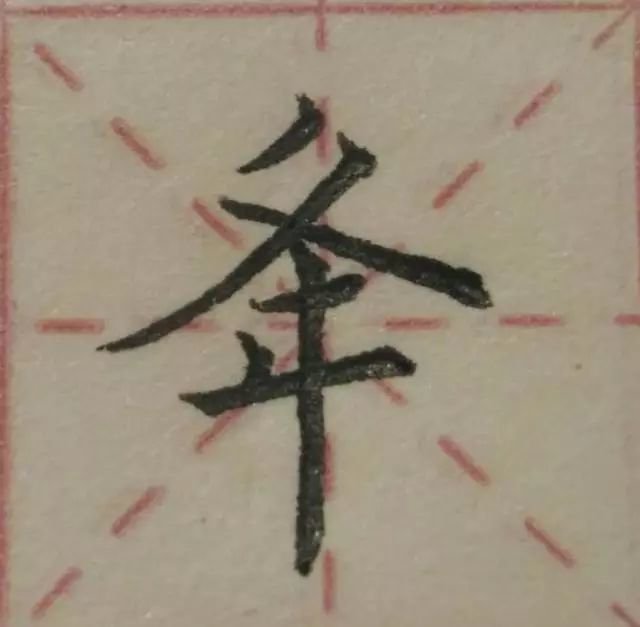
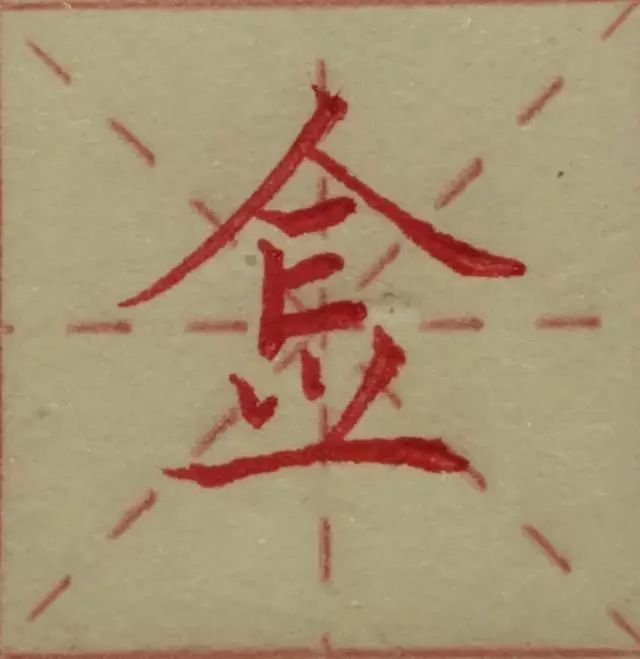
The seventeenth method, drooping, hanging, refers to the vertical strokes of drooping and elongating, dragging, referring to the stretching of diagonal strokes such as skimming, napping, hooking, etc. The left and right sides cannot be stretched at the same time, and must be stretched and contracted at the same time. Such as example words.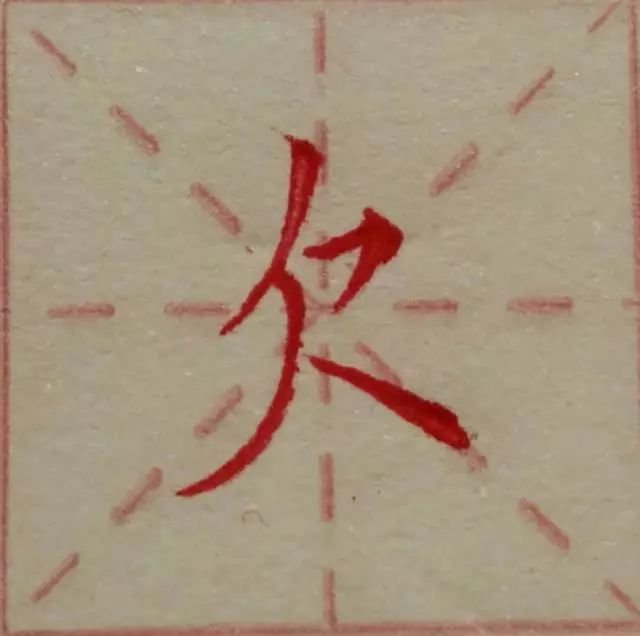
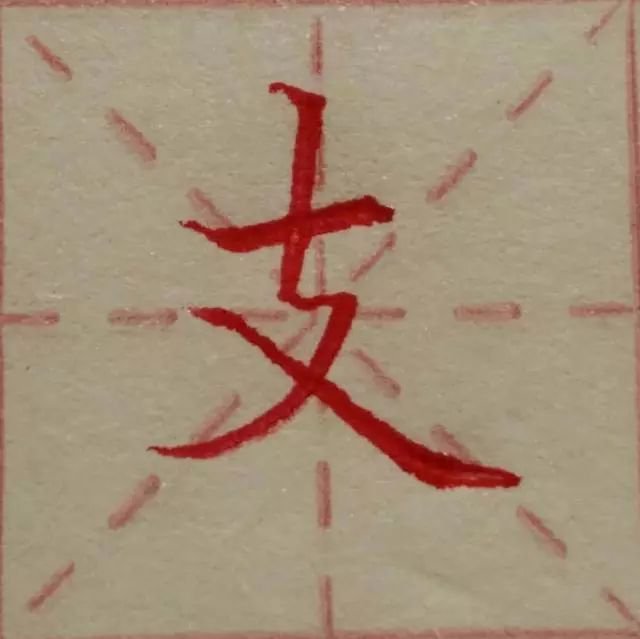
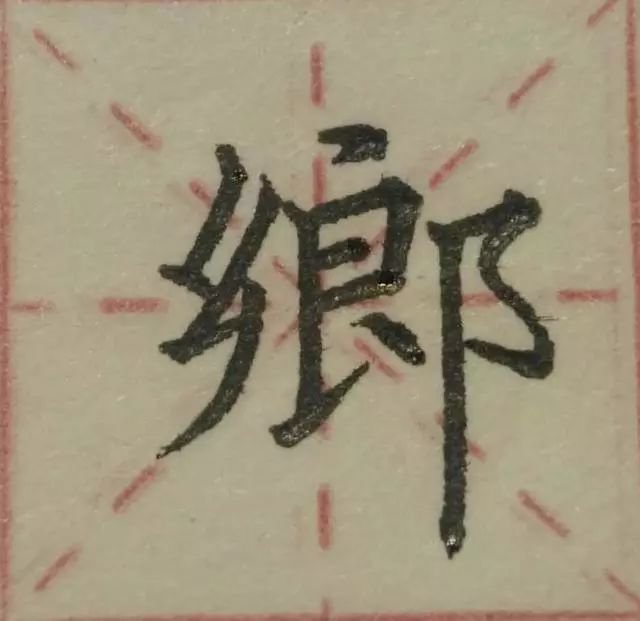
The eighteenth method is to borrow, exchange, borrow, and borrow adjacent strokes to avoid duplication, replacement, and displacement. The purpose of borrowing and substituting is to avoid monotony and seek changes. The other is to shift and change the characters that are difficult to integrate. Such as example words.
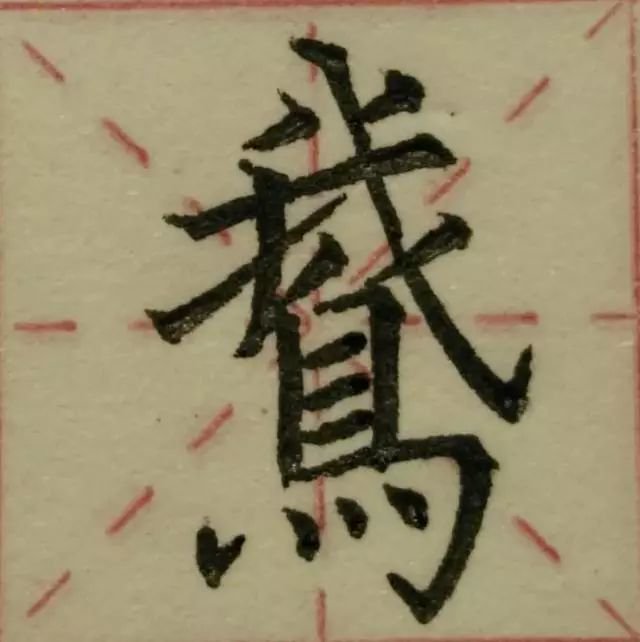
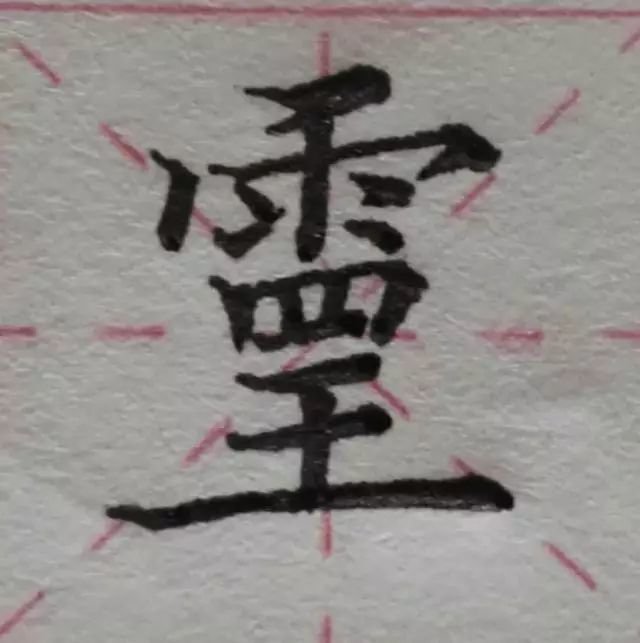
The 19th method is to add and subtract. In order to write difficult words well and make them lush and beautiful, you can add strokes in places with few strokes and reduce strokes in places with complicated strokes. There is no need to stick to the rules. Such as example words.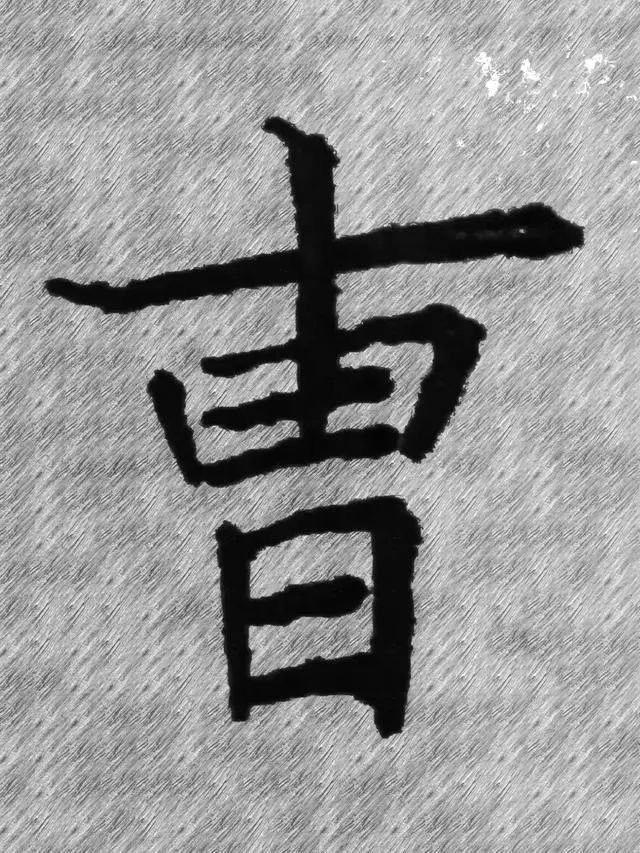
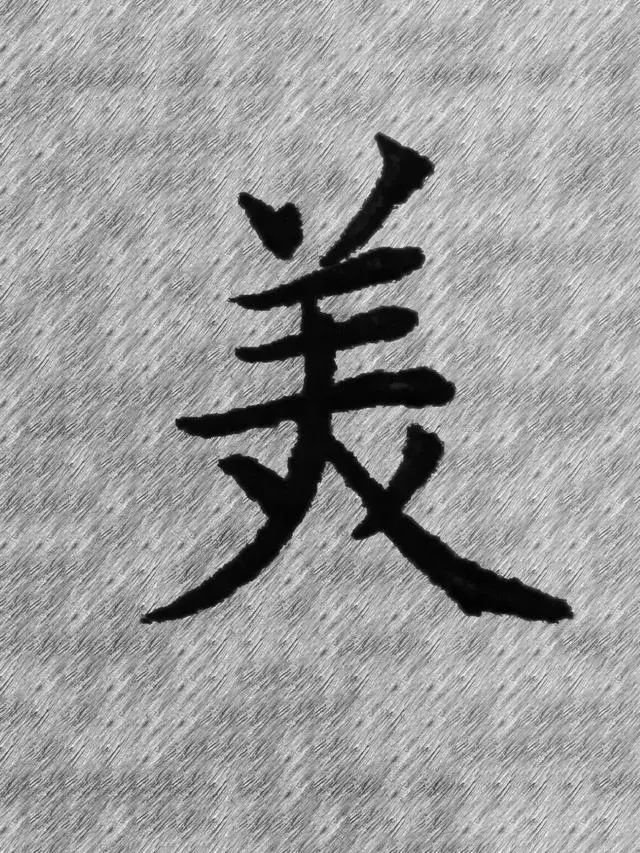
The 20th method, Ying Fu, Ying, the strokes are sparse, you must pay attention to the echo between the strokes, if there are many Fu, the left and right strokes should be opposite. Such as example words.
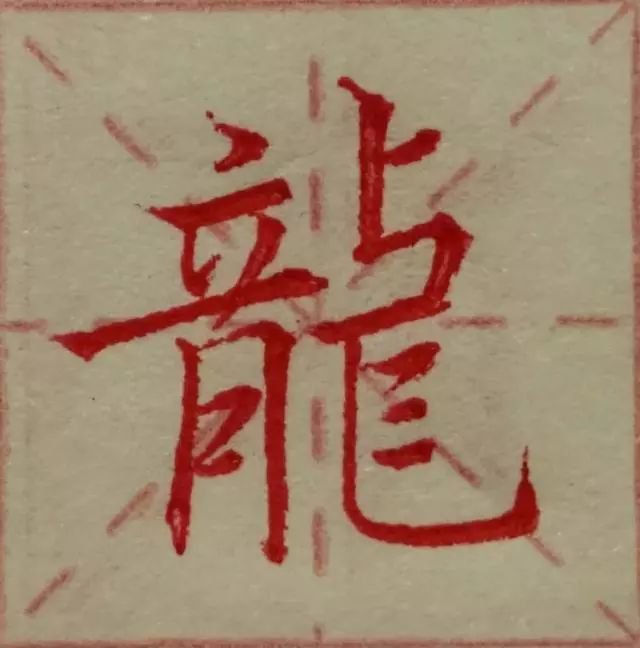
The 21st method is to support Zhuzhu, which refers to single characters such as Ding, Ting, Qian, Gong, and characters composed of upper and lower structures. The vertical painting of the lower part of such characters must be able to support it, and the characters must be strong and impressive. Such as example words.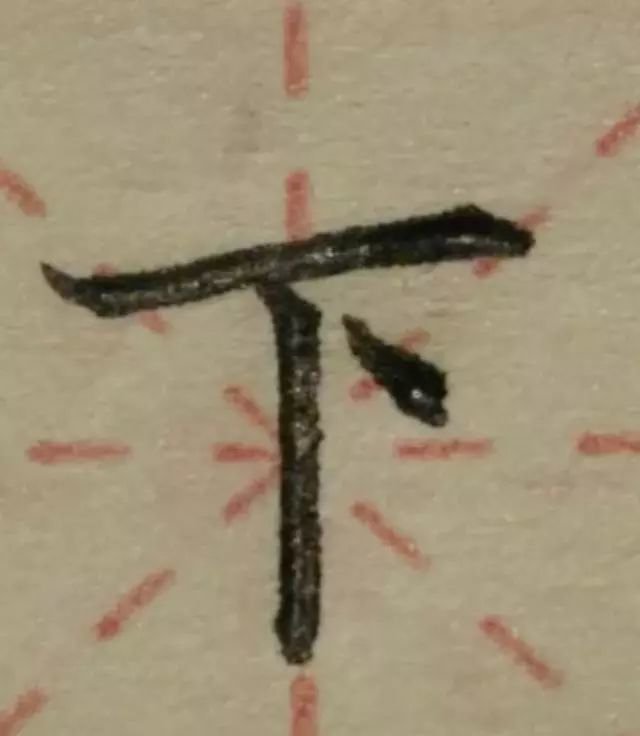
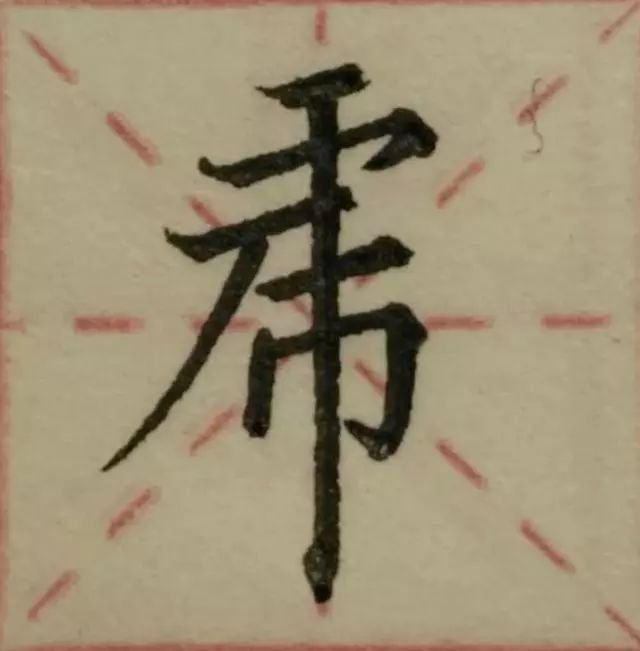
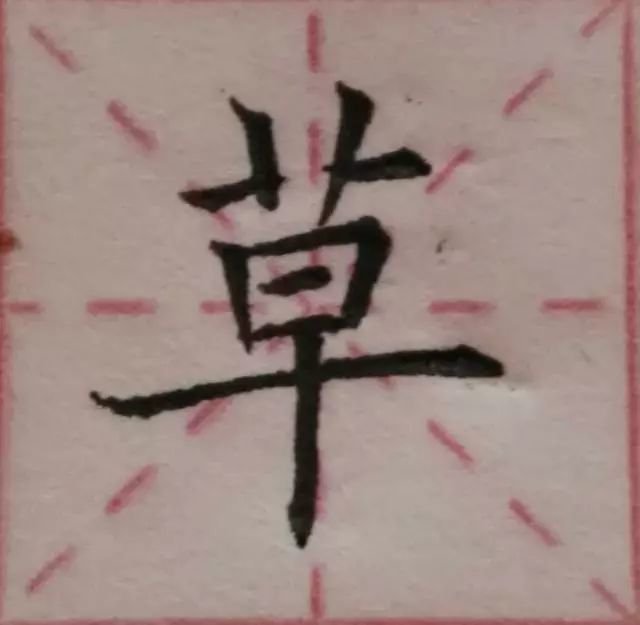
The twenty-second method is to bow to the court, to the court, to the court. Yi, an ancient salute with raised hands. It refers to a character composed of several parts. The parts should not be too loose and separated, and should be like the ancients bowing their hands when meeting. Such as example words.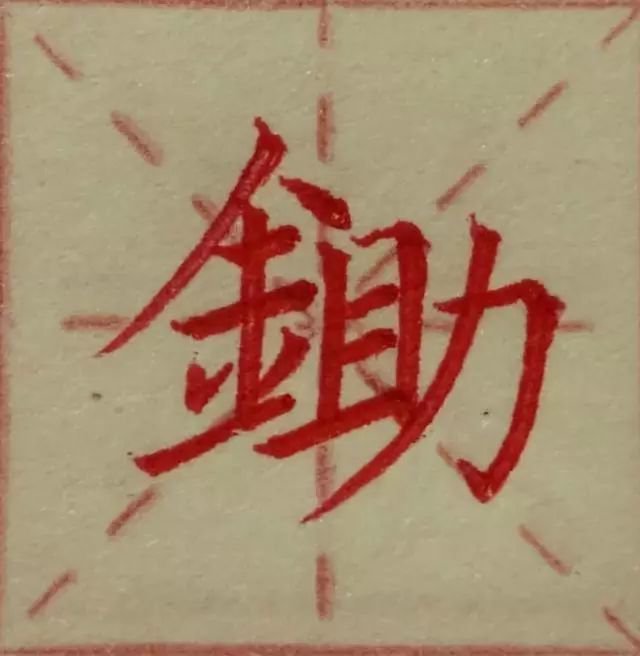
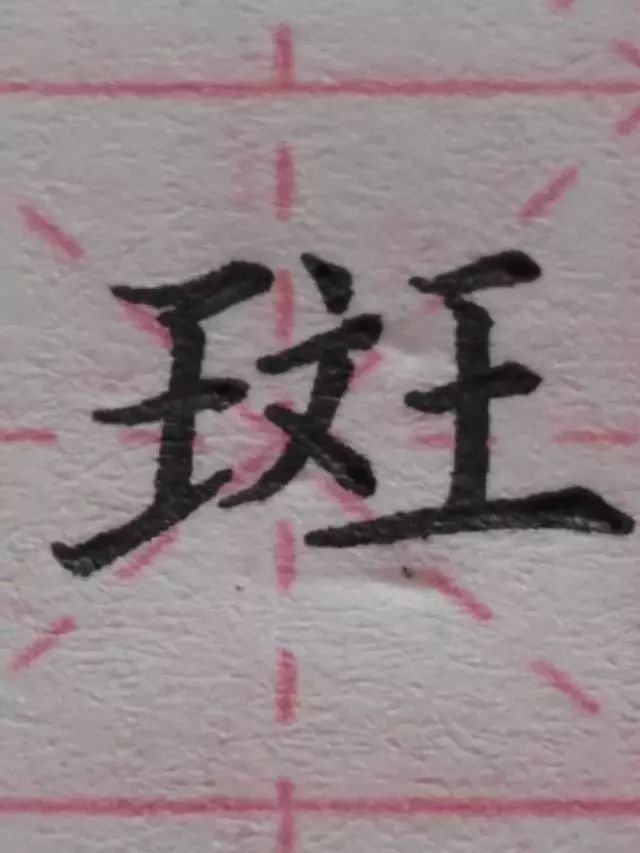
The twenty-third method, rescue, refers to remedy and response. In response, before starting to write, you should determine the starting and ending method of writing this character based on the previous character and the next character. The intention is to write first. To make up for it, after you start writing, you should also use subsequent strokes to make up for the shortcomings and mistakes of the previous strokes.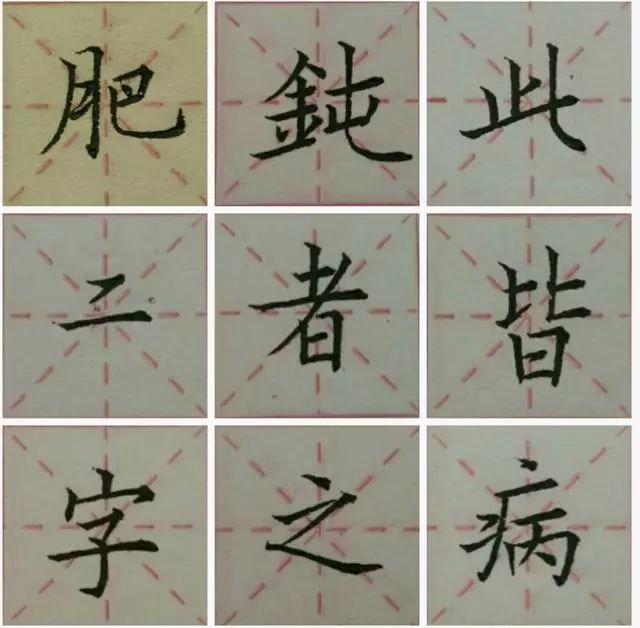
The twenty-fourth method, "Fuli", refers to a word that is composed of various parts. Each part must be prioritized and attached to the main part with the minor part. The specific method cannot be separated. Use small to attach large and small to attach large. . Such as example words.